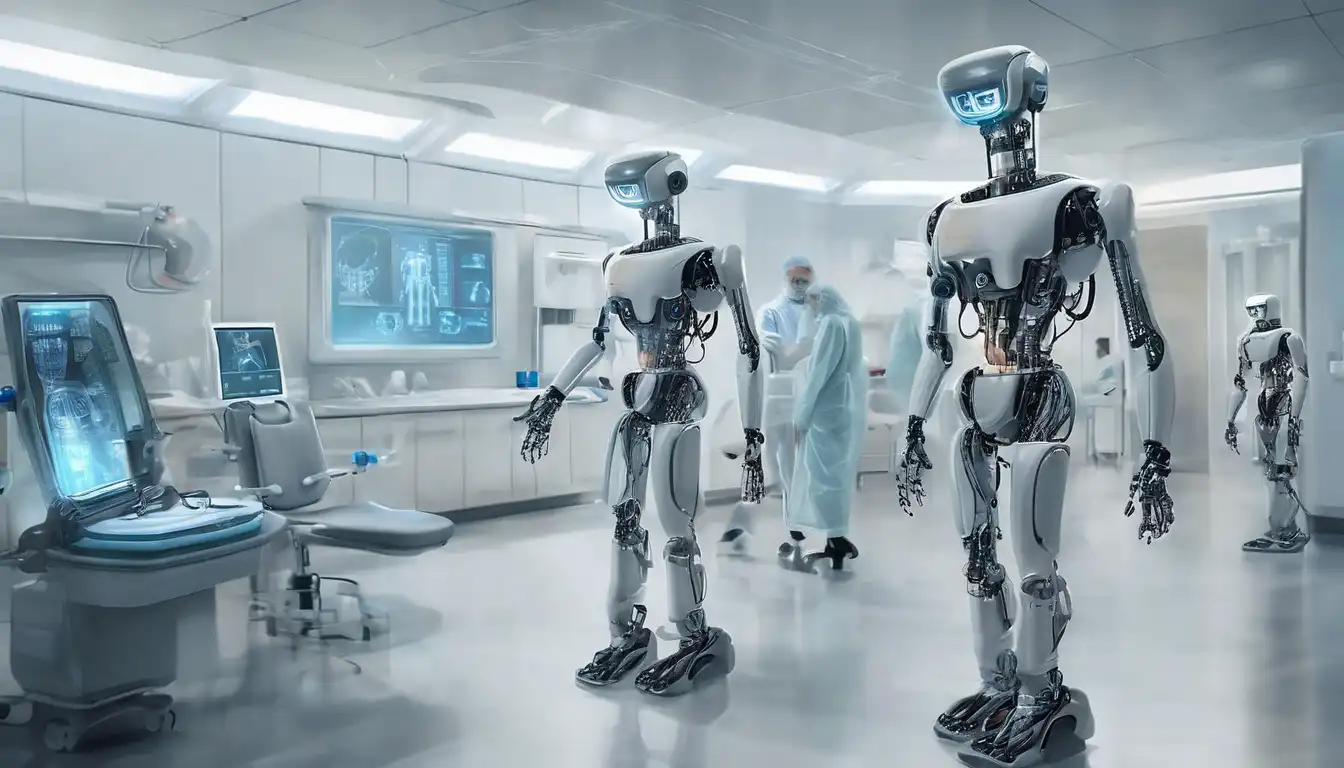The Next Era of Robotics in Healthcare
The integration of robotics into healthcare is transforming patient care, surgical procedures, and rehabilitation processes. As we look towards the future, the potential for robotics to further revolutionize the healthcare industry is immense. This article explores the advancements, benefits, and challenges of robotics in healthcare, offering a glimpse into a future where technology and medicine merge seamlessly.
Advancements in Healthcare Robotics
Recent years have seen significant advancements in healthcare robotics, from surgical robots that assist in precise operations to robotic exoskeletons that aid in patient rehabilitation. These technologies are not only improving the accuracy of medical procedures but also reducing recovery times and enhancing patient outcomes.
- Surgical Robots: Devices like the da Vinci Surgical System allow surgeons to perform complex procedures with enhanced precision, flexibility, and control.
- Rehabilitation Robots: Robotic exoskeletons and prosthetic limbs are revolutionizing physical therapy, enabling patients to regain mobility faster.
- Service Robots: These robots assist in patient care, delivering medications, meals, and even providing companionship to those in long-term care facilities.
The Benefits of Robotics in Healthcare
The adoption of robotics in healthcare offers numerous benefits, including improved patient care, increased efficiency, and reduced healthcare costs. By automating routine tasks, healthcare professionals can focus more on patient care, while robots handle repetitive or dangerous tasks.
Moreover, robotics in healthcare can lead to better surgical outcomes, with robots providing unparalleled precision during operations. This not only minimizes the risk of complications but also shortens hospital stays, contributing to overall cost savings for healthcare systems.
Challenges and Considerations
Despite the promising benefits, the integration of robotics into healthcare is not without challenges. High initial costs, the need for specialized training, and ethical considerations are among the hurdles that need to be addressed. Additionally, ensuring patient safety and data security in an increasingly digital healthcare environment is paramount.
As the technology evolves, so too must the regulatory frameworks that govern its use, ensuring that robotics in healthcare are both safe and effective for patients and healthcare providers alike.
The Future of Robotics in Healthcare
The future of robotics in healthcare is bright, with ongoing research and development paving the way for even more innovative applications. From nanorobots that can target and treat diseases at the cellular level to AI-powered robots that can predict patient deterioration before it happens, the possibilities are endless.
As we continue to explore the potential of robotics in healthcare, one thing is clear: the fusion of technology and medicine will play a pivotal role in shaping the future of patient care. By embracing these advancements, we can look forward to a healthcare system that is more efficient, effective, and equitable for all.
For more insights into the intersection of technology and healthcare, explore our articles on AI in Medicine and Digital Health Trends.
